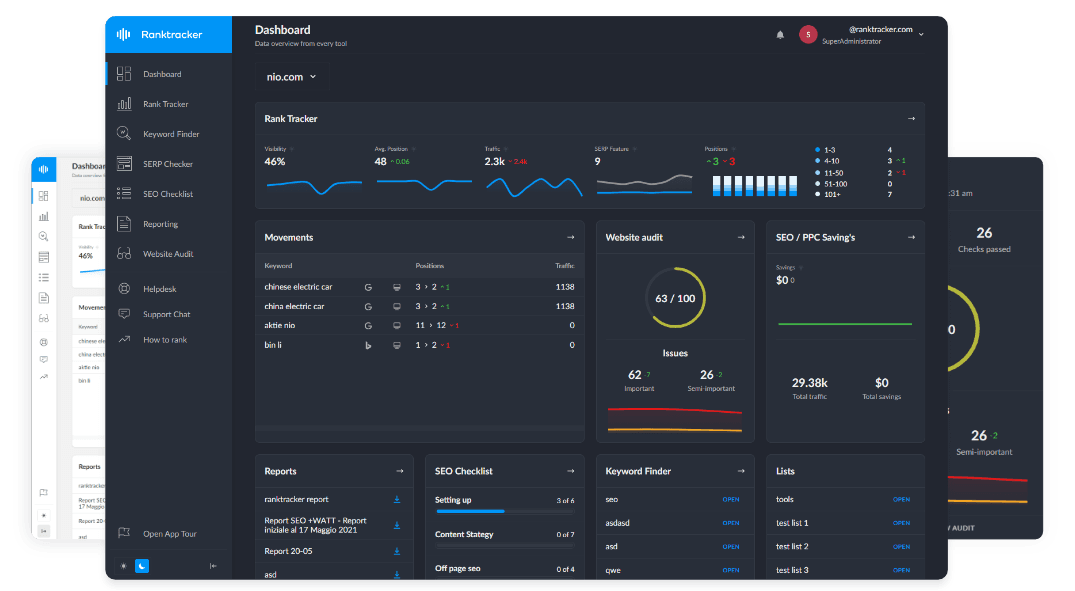Intro
Topical map codes refer to a structured system used to organize topics, subtopics, and related content in a way that helps search engines better understand content relationships. These codes act as a framework for categorizing content efficiently, improving topical authority and ranking potential.
Why Topical Map Codes Matter for SEO:
- Improve content categorization and search engine understanding.
- Strengthen internal linking and content discoverability.
- Enhance topical authority by maintaining structured content relationships.
Elements of Topical Map Codes
1. Core Topic Codes
- Define the main pillar topic of a content cluster.
- Example:
- T001: "SEO Strategies"
2. Subtopic Codes
- Assign unique identifiers to subtopics branching from the core topic.
- Example:
- T001-1: "On-Page SEO"
- T001-2: "Off-Page SEO"
- T001-3: "Technical SEO"
3. Supporting Content Codes
- Used for detailed supporting guides, tutorials, or case studies.
- Example:
- T001-1A: "Title Tag Optimization"
- T001-1B: "Internal Linking Best Practices"
- T001-1C: "Image SEO Techniques"
4. Interlinking Codes
- Help establish content relationships within the topical map.
- Example:
- T001-2A ("Link Building") should link to T001-1B ("Internal Linking") and T001-3A ("Crawling & Indexing").
5. Search Intent-Based Codes
- Classify content based on user intent (informational, navigational, transactional).
- Example:
- T001-1A-I: (Informational) "What is Title Tag Optimization?"
- T001-1A-T: (Transactional) "Best SEO Tools for Title Tag Analysis"
How to Implement Topical Map Codes in SEO
✅ 1. Define a Core Topic & Assign a Code
- Identify your main content pillar and label it accordingly.
- Example:
- T002: "Content Marketing"
✅ 2. Break It Down Into Subtopics
- Create subcategories for clarity and better organization.
- Example:
- T002-1: "Content Strategy"
- T002-2: "Content Distribution"
✅ 3. Link Related Content Using Codes
- Ensure each topic interconnects with relevant subtopics.
- Example:
- T002-2A ("Social Media Distribution") should link to T002-1B ("Repurposing Content for Social Media").
✅ 4. Optimize for Search Intent-Based Queries
- Create content tailored to informational, commercial, and navigational searches.
- Example:
- T002-1A-I: "How to Create a Content Marketing Strategy"
- T002-1A-T: "Best Content Marketing Tools to Use in 2024"
✅ 5. Use Schema Markup to Strengthen Connections
- Implement structured data to help search engines understand topical relationships.
- Example:
- "SEO Tools Comparison" → Uses Product Schema for ratings, reviews, and pricing.
Tools to Optimize Topical Map Codes in SEO
- Google Search Console – Monitor content structure and indexing issues.
- Ranktracker’s Keyword Finder – Identify related keywords for content clusters.
- Ahrefs & SEMrush – Analyze competitor content structures.
Conclusion: Structuring Content with Topical Map Codes
Using topical map codes ensures organized content relationships, enhanced topical authority, and improved search rankings. By structuring pillar topics, subtopics, and supporting guides with coded interlinking, websites can maximize their SEO potential and search engine visibility.

